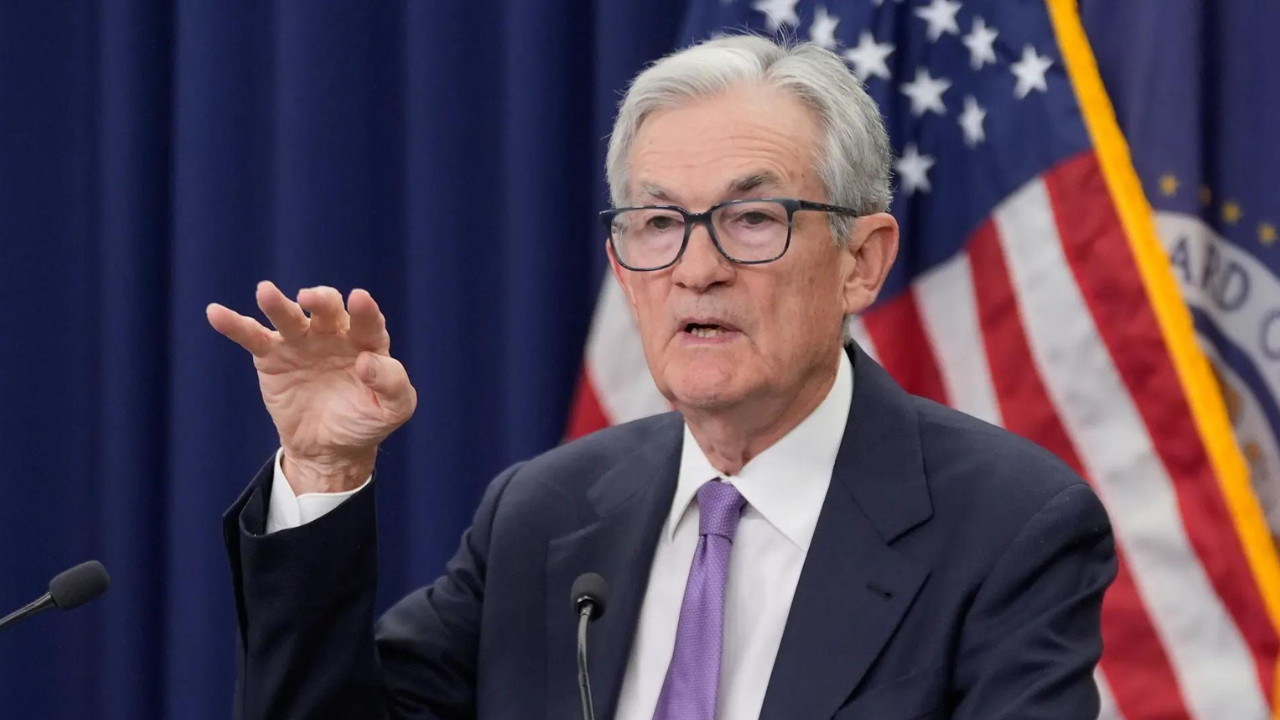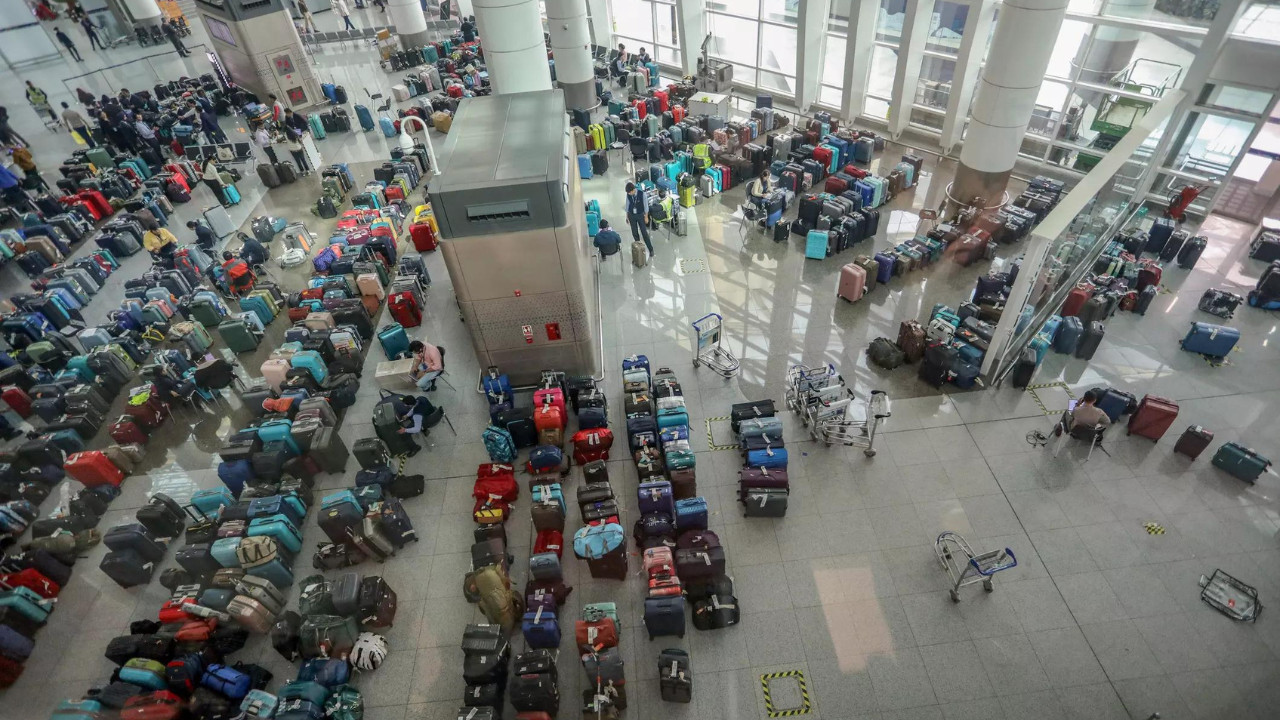Standard Chartered India CEO P D Singh highlights the potential of rupee invoicing in the India-Middle East trade corridor, drawing parallels with the Chinese yuan’s adoption in solar equipment trade. The bank is also expanding its forex clearing capabilities, launching US dollar clearing from GIFT City.
Beyond the Dollar: How Rupee Invoicing is Gaining Ground in the Middle East
For decades, the US dollar has reigned supreme in international trade, the undisputed king of global transactions. But the winds of change are stirring, and a fascinating shift is underway, particularly in the Middle East: the rise of rupee invoicing. But why is this happening, and what does it mean for India and its trading partners?
The move towards settling trade in rupees, rather than relying solely on the dollar, isn’t about dethroning the greenback. It’s about diversification, reducing reliance on a single currency, and unlocking new opportunities for regional trade. Imagine the possibilities: streamlined transactions, reduced exchange rate risks, and a boost to local economies. It’s a win-win situation waiting to unfold.
Why Now? The Perfect Storm for Rupee Trade
Several factors are converging to make rupee invoicing an attractive proposition, particularly in the Middle East. Sanctions, geopolitical tensions, and the desire for greater economic independence are all playing a role. Countries are increasingly seeking alternative payment mechanisms to navigate complex global landscapes.
Moreover, India’s growing economic clout cannot be ignored. With a rapidly expanding economy and increasing trade ties with the Middle East, the rupee is becoming a more viable and attractive currency for settling transactions. Think of it as a natural evolution, a reflection of India’s rising prominence on the world stage.
Adding fuel to the fire, Standard Chartered’s Head of Global Banking for India, Zarin Daruwala, emphasized the importance of government initiatives like the push for rupee trade. She noted that rupee invoicing is indeed picking up pace, especially within the Middle East. It’s clear that this is more than just a fleeting trend; it’s a strategic move with long-term implications.

The Benefits of Rupee Invoicing: A Deep Dive
So, what are the specific advantages of settling trade in rupees? Let’s break it down.
* Reduced Transaction Costs: Converting currencies can be costly, adding extra layers of expenses for businesses. By directly using the rupee, these conversion costs are eliminated, making trade more affordable and efficient.
* Mitigated Exchange Rate Risk: Fluctuations in exchange rates can significantly impact profitability. Rupee invoicing allows businesses to avoid the volatility associated with the US dollar, providing greater stability and predictability.
* Strengthened Economic Ties: Using local currencies fosters closer economic cooperation and strengthens bilateral relationships between India and its trading partners in the Middle East. It signals a commitment to long-term partnerships and shared prosperity.
* Enhanced Competitiveness: By reducing costs and risks, rupee invoicing can make Indian exports more competitive in the Middle Eastern market, opening up new opportunities for businesses.
Challenges and the Road Ahead
While the potential benefits are significant, the path to widespread adoption of rupee invoicing isn’t without its challenges. Awareness, infrastructure, and regulatory frameworks need to be further developed to facilitate seamless transactions.
One major hurdle is ensuring that businesses are comfortable with using the rupee for international trade. This requires education, outreach, and the development of robust financial systems to support rupee-denominated transactions.
Looking ahead, it is crucial for India to continue working closely with its Middle Eastern partners to address these challenges and create a conducive environment for rupee invoicing. This includes streamlining regulatory processes, promoting awareness, and fostering greater trust in the rupee as a viable currency for international trade. Learn more about India’s trade agreements and how they facilitate international trade.
A Future Shaped by Rupee Invoicing
The rise of rupee invoicing in the Middle East is more than just a technical adjustment; it’s a strategic move that reflects the changing dynamics of global trade. By diversifying away from the US dollar and embracing alternative payment mechanisms, India and its partners are paving the way for a more resilient, efficient, and equitable trading system. While the dollar may remain a significant player, the rupee is steadily gaining ground, carving out its own niche in the international arena, and reshaping the landscape of global finance. This evolving landscape holds immense promise for both India and the Middle East, opening doors to new opportunities and a more prosperous future.







